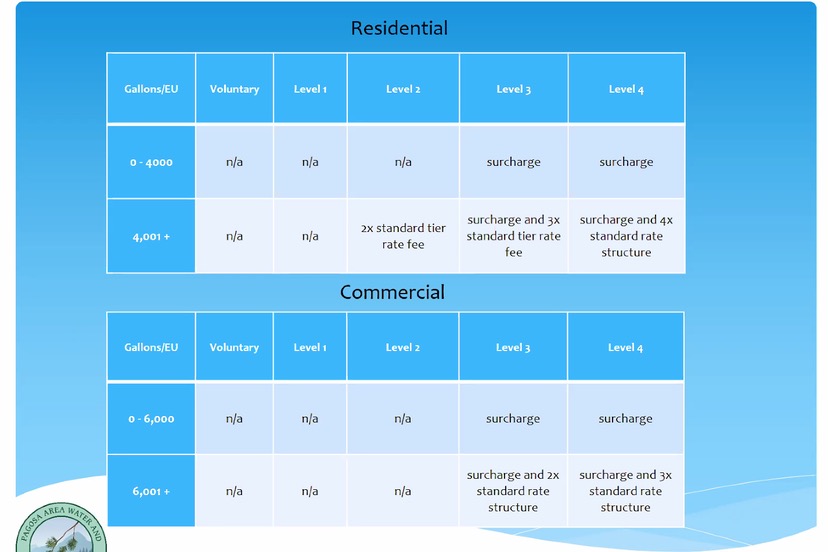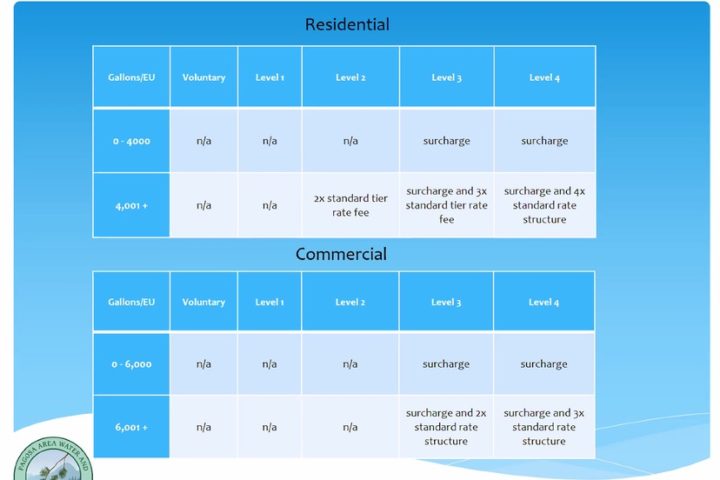About 30 people logged into a Zoom meeting last night, to listen to a two-hour presentation on water issues hosted by Mandy Eskelson, one of the coordinators working on a so-called ‘Stream Management Plan’ for the rivers running through the eastern part of Archuleta County — the San Juan, the Blanco and the Navajo. The work is being overseen by a steering committee called the “Water Enhancement Partnership” (WEP), in a collaboration with Durango-based Mountain Studies Institute.
A somewhat romantic name? “Water Enhancement”? How one “enhances” water, I cannot say for sure.
The presenters offered opportunities to ask questions, but only a handful of the participants took advantage of those opportunities… even though I presume everyone willing to spend two hours listening to somewhat esoteric facts and figures, must have some kind of deep, abiding interest in Pagosa’s water situation.
Note: I currently serve on the San Juan Water Conservancy District board of directors, but this editorial reflects only my personal perspectives and opinions, and not necessarily the perspectives or opinions of anyone else on the SJWCD Board. SJWCD is funded by local property taxes, and has been helping to fund the WEP’s research.
The first 30 minutes of the two-hour Zoom meeting featured local Water Commissioner Joe Crabb, giving us an overview of the Division of Water Resources and the role it plays in ensuring that water users comply with Colorado Water Law — monitoring flows, keeping records, locking down diversion structures and so on. He made the job sound straightforward and fairly uncomplicated, but I can imagine a water commissioner might occasionally run into disagreements between water users, or between a water user and Division employees.
Like many others involved in Colorado water issues, Mr. Crabb gave the impression (I thought) that Colorado Water Law — as it was originally conceived in 1859, and as it was written into the Colorado Constitution in 1876 — is a rather permanent and fixed set of laws, not susceptible to significant changes. And indeed, I think the Colorado General Assembly generally treats Colorado Water Law as something of a ‘sacred cow’, even while they seem more than happy to turn other types of laws upside down and inside out at each successive legislative session.
But based upon my limited research for past Daily Post editorials, I perceive a slightly different landscape, where Colorado Water Law is constantly being challenged and twisted into new shapes by water attorneys and Colorado judges. One such significant change took place ten years ago, when the Colorado Supreme Court re-interpreted the concept of “water speculation” as it applies to municipal water providers, in the case of Pagosa Area Water and Sanitation District vs Trout Unlimited.
And, speaking of local water issues, the second presenter on Wednesday evening was Pagosa Area Water and Sanitation District Manager Justin Ramsey, giving an overview of PAWSD’s newly revised “Drought Management Plan”. He also gave a summary of PAWSD water rights and the general infrastructure within the district — all 70-plus square miles of it.
During the 24 years I’ve lived in Pagosa Springs, I’ve been drinking, and bathing in, and using PAWSD water, and have been paying a monthly PAWSD bill. I remember one particular summer — 2002 — when the San Juan River running through downtown slowed practically to a trickle. A well-trained athlete probably could have jumped across the river in a few spots. In the records kept by the Division of Water Resources, 2002 is typically referenced as a “worst case scenario” when judging 21st century drought conditions and drought policies.
But during that severe drought, the most severe in 100 years, the community of Pagosa Springs was still allowed to water lawns. I seem to recall paying a higher water bill than summer, due to a surcharge applied to the monthly bill, but I don’t recall going without my daily shower.
As Mr. Ramsey explained, drought situations can pose a problem for our water district, because PAWSD — besides the property taxes it collects — makes most of its money selling water. When PAWSD encourages its customers to cut back on water use during a drought, that means PAWSD will sell less water and will see its revenues drop.
But it takes basically the same number of employees, working the same number of hours, to treat and deliver 1,000 acre-feet of water as it takes to treat and deliver 2,000 acre-feet of water.
So the new PAWSD Drought Management Plan authorizes a surcharge to be added to customer bills, when a drought situation — as indicated by several different measures, including snowpack and reservoir levels — reaches “Level 2”. For some reason, the Drought Management Plan seems to treat residential customers somewhat more harshly than commercial water users. I suspect the rationale behind this discrepancy is that commercial water users cannot always control how recklessly their customers might use water, in a commercial setting, while a residential water user supposedly has control of his/her own water use.
The new Drought Management Plan was adopted just this month, and is not yet available on the PAWSD website.
The second hour of the WEP Zoom program featured Cynthia Purcell with the San Juan Conservation District, discussing ways that the Archuleta County agricultural community might want to reduce their water consumption over the next decade or so… and Seth Mason with Lotic Hydrological, discussing an analysis of recreational and environmental water issues.
I personally found Ms. Purcell’s presentation the more interesting of the two final presentations — mainly because I understand that about 94 percent of the water consumed in Archuleta County goes into agriculture, meaning that — if anyone is concerned about recreational and environmental impacts of human water use, they really need to understand the Ditches of Archuleta County.


